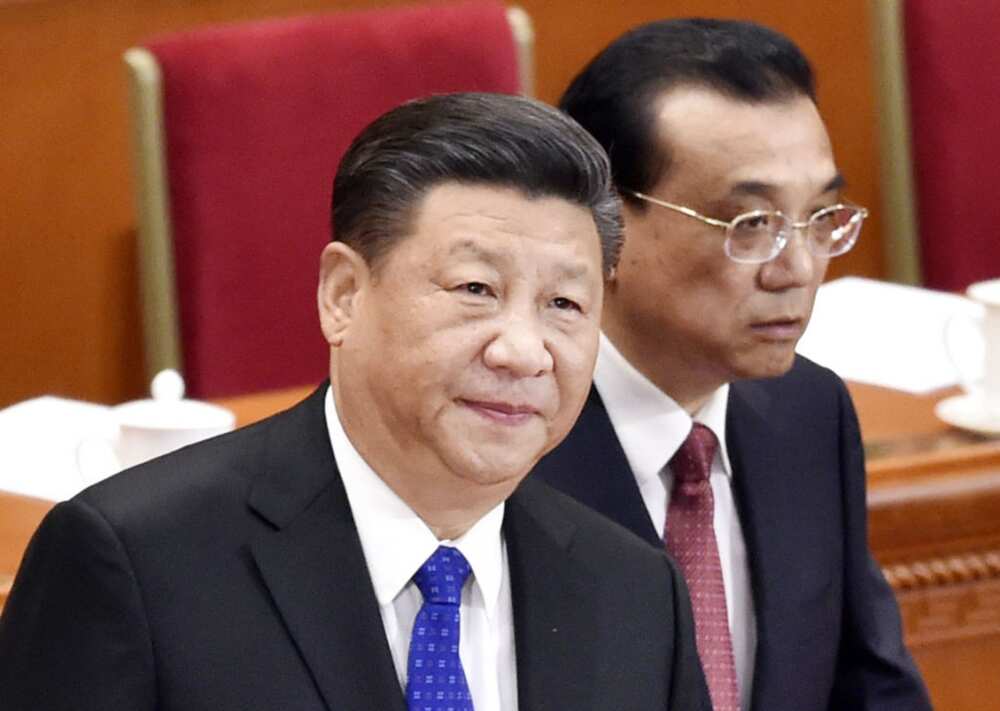China’s food security at delicate mercy of free trade order
China’s food imports have increased significantly since the nation joined the World Trade Organization (WTO) in 2001. Annual imports and net imports of food reached US$160 and $93 billion, respectively, between 2019–2021.
But as rural incomes rise and China’s population falls the gap for trade to fill between domestic food production and consumption in the future is uncertain.
Soybean for animal protein feed and soybean oil is China’s largest food import — imports exceeded 100 million tons in 2020 and averaged 95 million tons annually between 2019 –2021. Maize replaced edible oils as China’s second-largest import commodity in 2021.

Source: Getty Images
Other major food imports are meats, dairy and sugar. China is also the fifth largest food exporter, following the United States, the Netherlands, Brazil and Germany and is the largest exporter of vegetables, fruits and fish.
A scarcity of arable land and water are drivers of China’s rising food imports. China’s population (1.4 billion) is 18% of the global population but China only has 8% of global arable land.
PAY ATTENTION: Follow us on Instagram - get the most important news directly in your favourite app!
Per capita water availability is only one-quarter of the global average. Technological and institutional innovations, market reforms and rising inputs and investment in agriculture have enabled China’s real value of agricultural output to grow more than 5% annually in the past 40 years. But this growth in production is still not enough to meet China’s growing demand for food.
Rapid income growth and moderate population growth have increased China’s demand for food, particularly meats. China’s per capita GDP increased from $1,053 in 2001 to $12,741 in 2022. China’s population increased from 1.28 billion to 1.41 billion over the same period.
Although China is the world’s largest food importer, its average annual per capita net food imports ($64) between 2019–2021 were lower than countries with relatively large populations but scarce arable land.
These countries include the United Kingdom ($457), Japan ($422) and South Korea ($535) between 2019–2021. This situation implies China has largely explored its domestic production capacity and could import more food in the future.
International trade has helped China balance food supply and demand. China’s WTO membership resulted in the full liberalization of soybean trade (only a 3% tariff rate remains) and lower tariffs on meats and other foods (at about 10–12%).
Strategic commodities such as rice, wheat and maize are subject to a 65% tariff beyond defined import quotas. Imported soybean, maize and edible oils have largely met China’s rising demand for animal feed, cooking oil and other food products since 2001.
Within China’s 2020 Food Security Law (to be formally issued in 2023) and 2021 Anti-Food Waste Law, China has set food security goals and strategies in response to rising pressures on food imports.

Read also
"Who's cutting onions?" Girl jumps on father, hugs him tightly as he pays her surprise visit in school
The primary goals are to “secure food grains (rice and wheat) domestically” and to be “basically self-sufficient in cereal (rice, wheat and maize) production.” If “basically self-sufficient” means 90% or so of those grains are produced domestically, there may be room to import more maize.
To achieve these goals, China will enhance its agricultural research and development capacity and technological innovation, protect cultivated land and improve soil quality. China also implemented a new green agricultural development strategy that focuses on promoting ecological diversity, resilience and sustainability in agriculture and low-carbon agriculture.
While China’s future food imports will largely depend on China’s efforts to increase its domestic food production and the international trade environment, two other factors are likely to play a role. First, China’s demand for meats will continue to rise with incomes until at least 2035.
Source: Legit.ng


